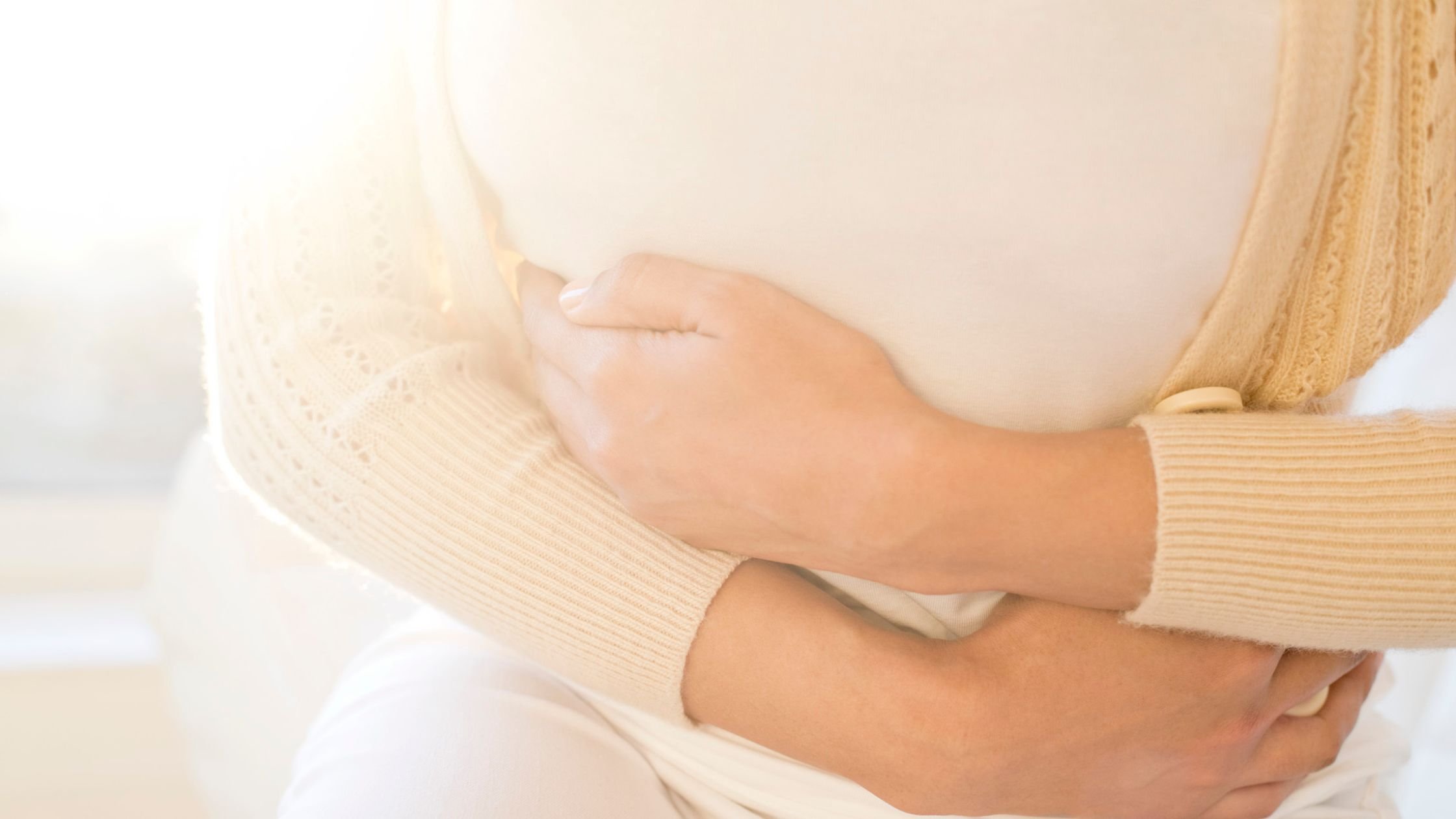
Bowel Diagnostics & Therapy
Comprehensive Care for Bowel Health
About Us
Bowel Diagnostics & Therapy is an emerging network that offers complete multidisciplinary and specialised diagnosis and management of gastrointestinal symptoms and disorders.
Patients are able to access a full spectrum of services that will allow appropriate diagnosis and management of their gastrointestinal and bowel symptoms.
FAQs
-
You do not require a referral for an initial appointment at the Bowel Diagnostics & Therapy. Your initial consultation will be bulk billed*, and a comprehensive report will be forwarded to your usual general practitioner.
Based on your assessment, we may make recommendations for further treatment and follow-up with our multidisciplinary team of specialist doctors, nurses and allied health practitioners.
*For eligible patient with a medicare card.
-
Your initial consultation will be a comprehensive appointment with our practitioners. This will include a detailed medical history, clinical examination and diagnostic investigations.
Please note that Bowel Diagnostics & Therapy will only see patients over the age of 18.
-
We offer bulk billing for eligible patients.
If you have a Medicare card, your initial consultation with our practitioners is bulk billed, meaning you will not incur any expense for your first assessment. If you do not hold a valid Medicare card, please contact your nearest clinic for further information regarding applicable fees.
Further treatments are based upon the assessment of your bowel symptoms and vary according to your personal conditions.
For more information or clarification, please phone us on 1300 888 608.
Diarrhoea
Constipation
Anal or bowel bleeding
Rectal prolapse
Haemorrhoids
Experiencing These Symptoms?
Altered bowel habits
Difficulty with bowel evacuation
Bowel incontinence
Abdominal bloating and pain
Anal pain, burning, itching
Our Services
-

Medical Consultation
This include a detailed medical history, clinical examination and diagnostic investigations.
-

Specialist Consultation
As a patient, you will have access to specialists on site, as well as specialist in your local area.
-

Colonoscopy
A colonoscopy is an endoscopic assessment of the large bowel using a fibre optic camera on a flexible tube.
-

Pelvic Floor Assessment
We measure how strong the sphincter muscles are and whether they relax or tighten when pushing.
-

Allied Health Consultations
Explore our comprehensive allied health services, including physiotherapy and dietitian consultations.
Your Journey with Us
-
This appointment involves taking a detailed medical history and conducting a physical examination. Based on the information gathered, relevant investigations such as pathology, functional bowel assessment and imaging will be discussed and ordered if appropriate.
-
This in-person appointment involves a physical examination and tests to diagnose functional bowel disorders, including manometry and physiology testing.
These tests are performed immediately after the initial assessment and contribute to your results, which will form the basis of your treatment plan.
-
This appointment can take place either over the phone via telehealth or in person.
A treatment plan will be discussed, which may include a referral for a colonoscopy/endoscopy, a trial of medication, dietician consultation and/or pelvic floor physiotherapist.
-
This follow-up appointment is to review your progress with the treatment plan. It can be done over the phone via telehealth or in person.


